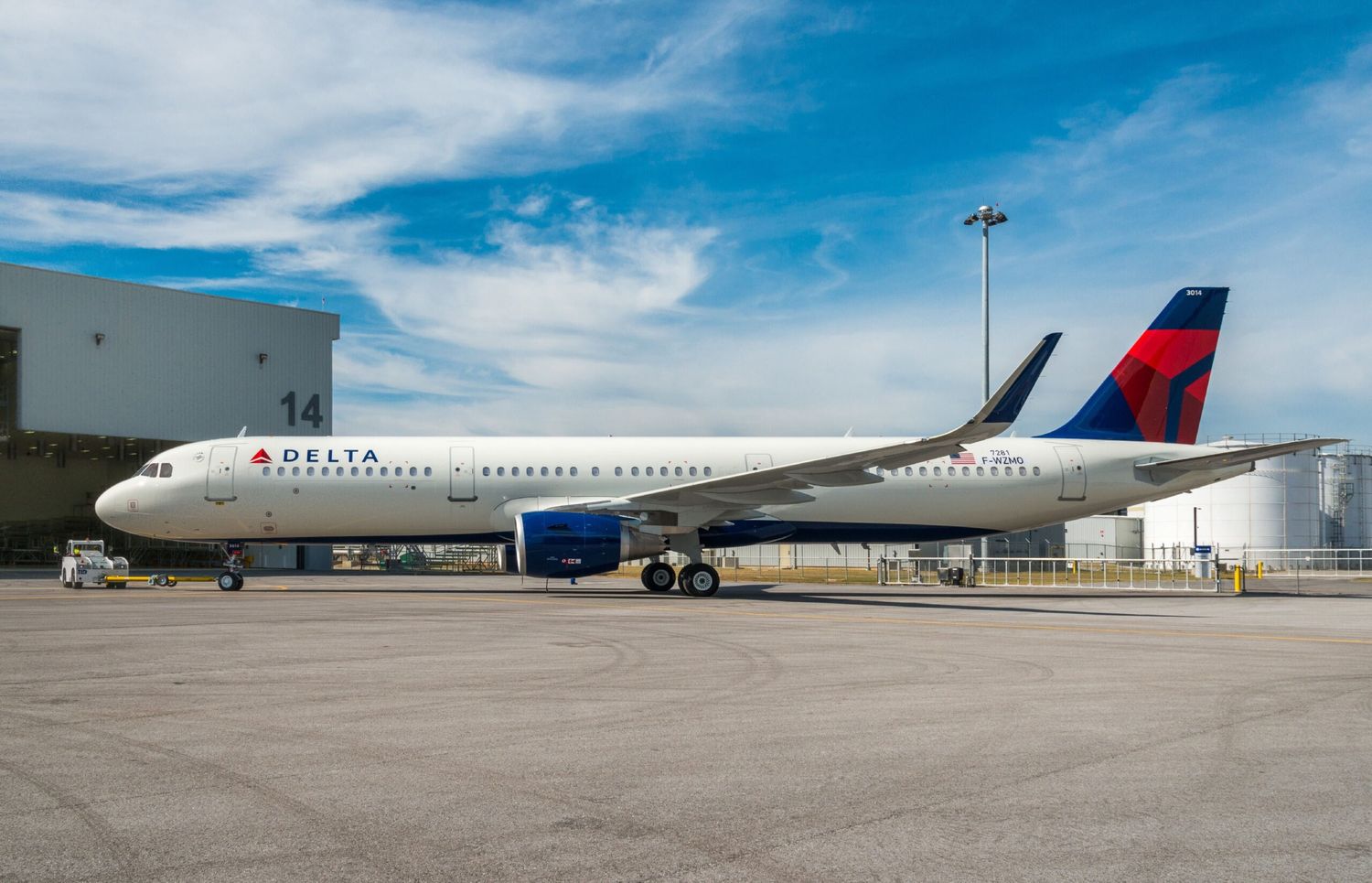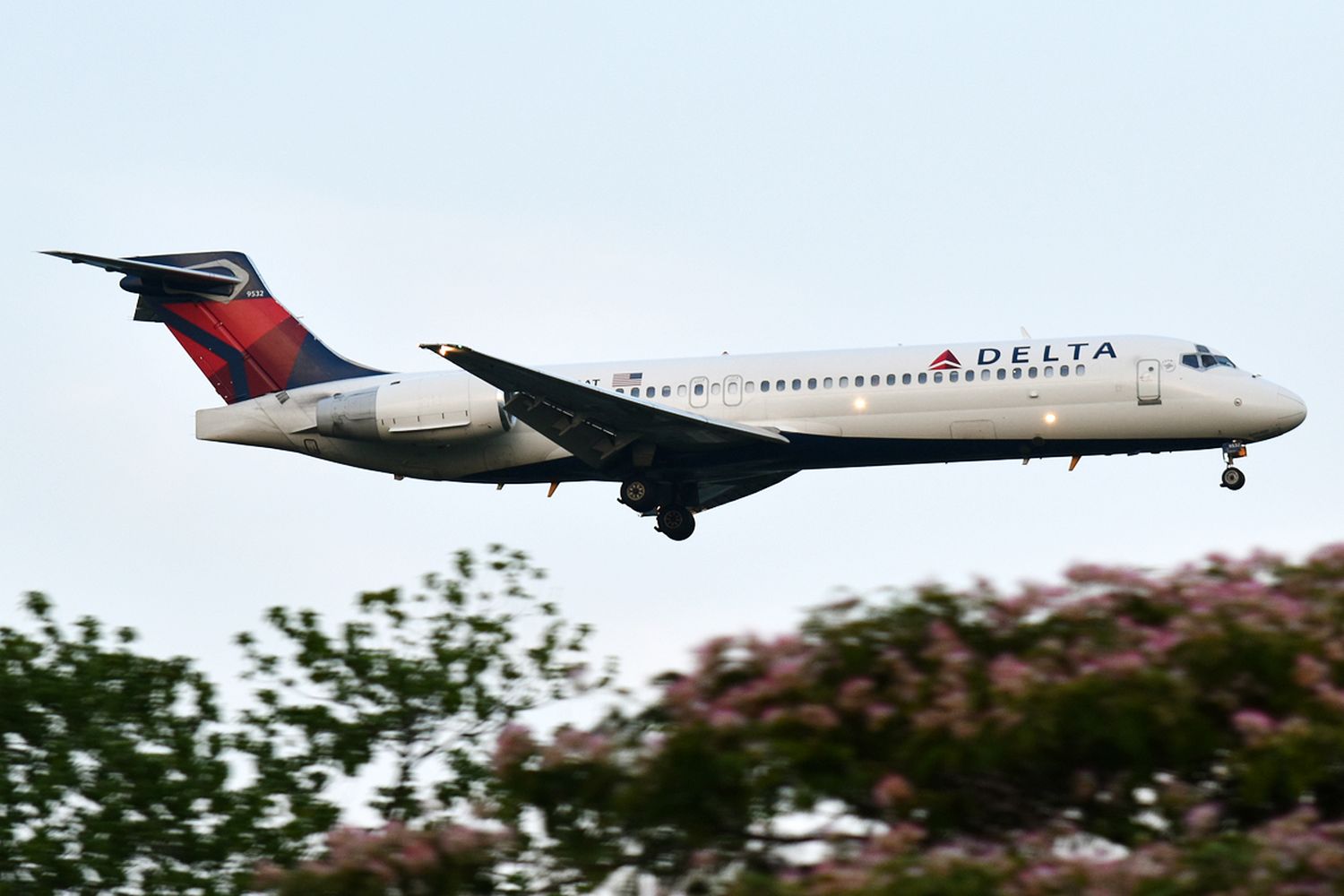Aviación Militar
La Fuerza Aérea Uruguaya adquiere cinco Embraer A-29 Super Tucano
Accidentes e Incidentes
Accidente en Corea: ¿por qué dejaron de grabar las cajas negras del Boeing 737-800 de Jeju Air?
Accidentes e Incidentes
Familia de exdueño del Leicester City demanda al fabricante de helicópteros Leonardo por £2.150 millones
Aviación Comercial


